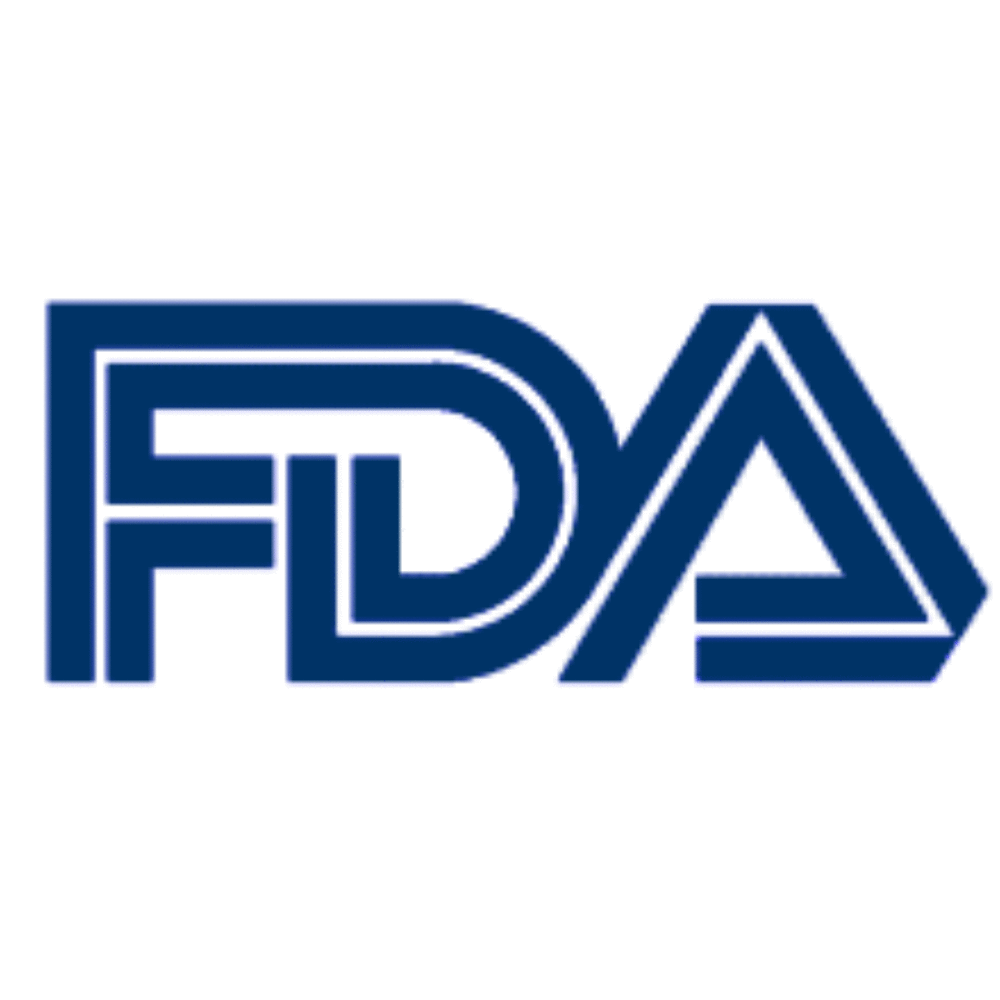Companies Agree to Phase Out Use of Animal Growth Antibiotics: FDA

Twenty-five drug companies have agreed to a voluntary phase out of the use of antibiotics in animals that are designed to promote growth, according to an FDA announcement on Wednesday.
The federal drug regulatory agency called on 26 pharmaceutical companies to agree to the changes. While only one company continues to hold out, the remaining 25 have agreed in writing to the changes, the FDA announced.
The initial request was issued last November by the FDA, asking companies to withdraw antibiotics from animal use or to revise the labeling. It called on the companies to respond in writing by March 2014.

Did You Know?
AT&T Data Breach Impacts Millions of Customers
More than 73 million customers of AT&T may have had their names, addresses, phone numbers, Social Security numbers and other information released on the dark web due to a massive AT&T data breach. Lawsuits are being pursued to obtain financial compensation.
Learn MoreThe companies committed to the changes in writing to cease therapeutic use of antibiotics for animals, specifically to increase growth.
Labeling revisions mean the drugs can no longer be used over-the-counter, instead a veterinarian prescription would be required.
The 25 companies represent 99.6% of the supply of animal antibiotics the FDA is targeting. The phase out would apply drugs used on animals which are part of the human food supply.
The FDA says Draft Guidance on Industry #213 is extremely important in reducing the threat of antibiotic-resistant disease in humans. Experts contend the prolonged use of antibiotics in animals which are part of our food supply threatens the safety of public health.
Farmers and meat producers often give animals antibiotics to encourage rapid growth and prevent infectious disease. Repeated exposure to the medications causes the germs to become resistant to the drug rendering it useless in treating illness.
Health experts hope withdrawing the drugs from therapeutic use in animals will limit antibiotic resistant disease in humans. More than 23,000 people die each year from drug-resistant infections.
It is unclear what portion of that number is a result of animal antibiotic use, but the FDA says the adherence to guidance #213 is an important step in mitigating the problem.
Zoetis and Elanco, two of the leading manufacturers of animal antibiotics, did agree to the changes. The FDA declined to name the final company which was holding out and refused to comply with the guidance.
Critics warn voluntary compliance of the draft guidance is not enough to protect the public. Many of the drugs which fall under the guidance are approved for preventive medical use in animals on a regular basis, allowing farmers to continue using the same drugs but for a different intended purpose.
Another potential issue, the letter of compliance is not a legally binding document. This allows the drug companies to stop participating in the phase out at any time.
Considering farm animals account for 80% of the antibiotics sold in the United States, opting back out may be appealing if sales were to drop, some say. Also, many worry the phase out will only lead to labeling changes and not a true reduction in use of the drugs.
Want a weekly update on top lawsuits, recalls & warnings?
"*" indicates required fields




0 Comments